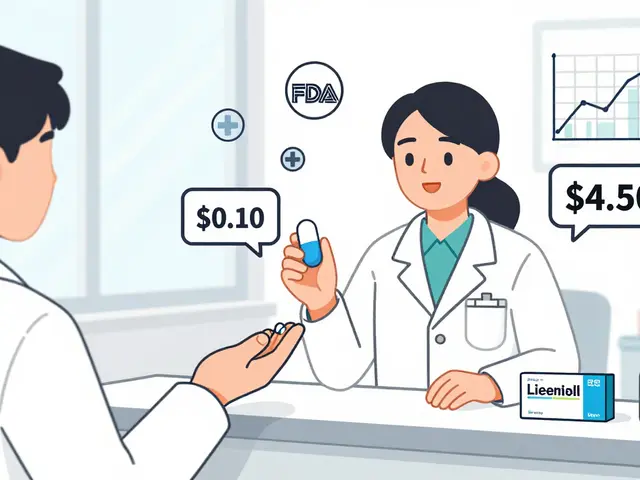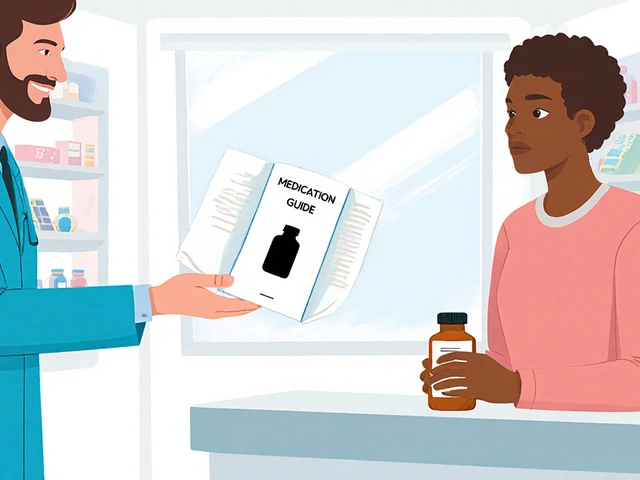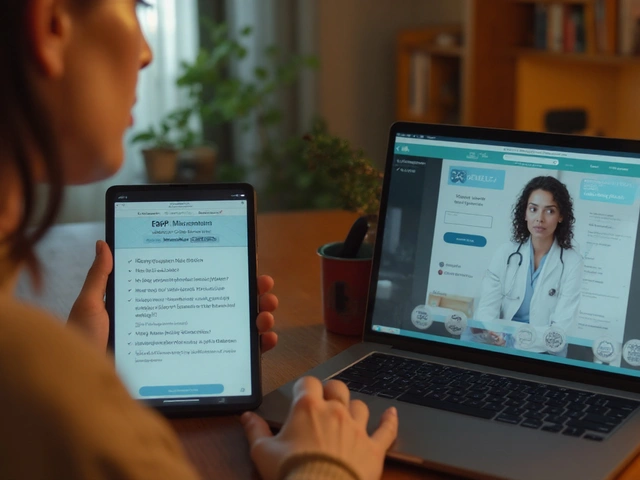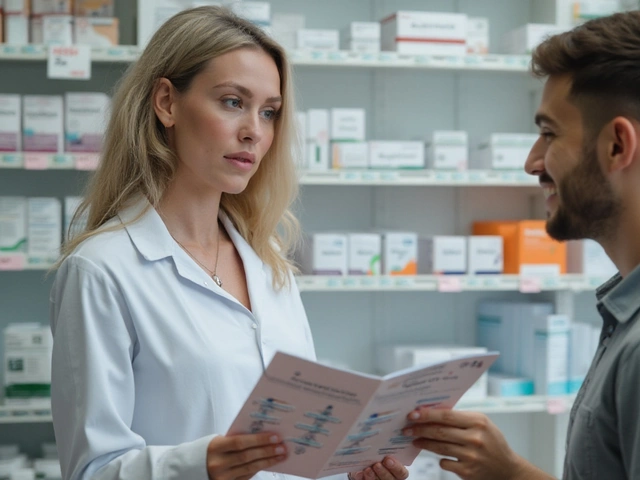Cannabis: Practical Guide to Medical Use, Safety, and Buying
Cannabis is a plant used for medicine and recreation. If you're reading this, you want clear, practical info on how cannabis might fit into health care and how to stay safe. This page focuses on medical basics, safety tips, buying smart, and talking to your doctor.
There are two main compounds you need to know: THC and CBD. THC causes the high and can help with pain, appetite, and nausea. CBD does not make you high and is used for some seizure disorders, anxiety, and inflammation. Products mix these two in different ratios; that ratio changes effects and risks.
Medical uses vary by product and condition. For example, CBD (as Epidiolex) is approved for rare childhood epilepsies such as Dravet syndrome and Lennox-Gastaut syndrome. Some countries approve cannabis extracts or synthetic cannabinoids for multiple sclerosis spasticity and chemotherapy-related nausea. For chronic pain, evidence is mixed but many patients find symptom relief when other options fail. Always check which specific product and dose were studied for your condition.
Forms and dosing matter. Smoking or vaping gives fast effects within minutes and lasts a few hours. Oils and tinctures under the tongue act in 15–45 minutes. Edibles take 1–3 hours to start and last much longer. Topicals target skin or joints and rarely cause a high. Start low and go slow: try a small dose, wait at least 2 hours for edibles, and increase gradually. Keep a diary of dose, product, time, and symptoms.
Watch for interactions and safety issues. Cannabis affects liver enzymes and can change blood levels of drugs like warfarin and some antiepileptics. Combining cannabis with alcohol, opioids, or sedatives raises the risk of excessive drowsiness, breathing problems, or falls. Avoid use during pregnancy or breastfeeding. Older adults should be cautious because of fall risk and memory effects.
Buying smart is simple. Use licensed dispensaries or pharmacies where products are tested and labelled. Look for a Certificate of Analysis (COA) showing cannabinoid content and contaminants. Avoid sellers that won’t share lab results. Check local laws before buying or travelling with cannabis.
Talk to your health care team. Bring a list of all medicines and supplements. Ask about interactions and the best product type for your goal. If you can, involve a pharmacist who knows cannabinoid pharmacology.
Practical habits to keep: store products out of reach of children, label them clearly, don’t drive while impaired, and keep dosing notes. If you experience worrying side effects—confusion, severe dizziness, breathing trouble—seek medical help. With careful choices and medical guidance, cannabis can be used more safely and effectively.
Simple questions to ask the seller or your clinician help you avoid mistakes. Ask: What is the exact THC and CBD percentage? Is there a full lab test for pesticides and heavy metals? How should I store this product at home? If you use blood thinners or antiepileptic drugs, ask how often to check blood levels. Keep contact details visible and start new cannabis product on a day when you can rest with support nearby.
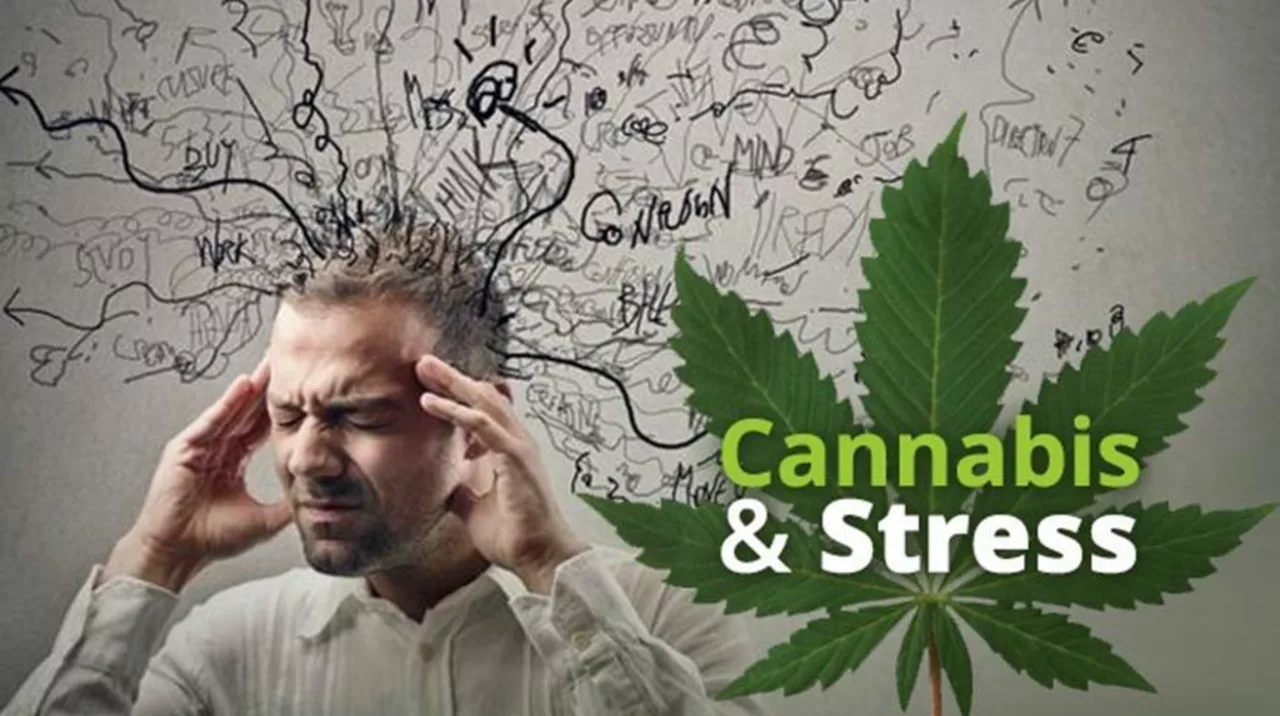
After a long and stressful day, there's nothing better than unwinding with some of the most relaxing Indica strains for a stress-free evening. In my recent blog post, I've explored the top strains that are known for their calming and soothing effects. From the classic Granddaddy Purple to the sweet and fruity Blueberry, these strains are perfect for helping you feel at ease and getting a good night's sleep. I also share some helpful tips for finding the right strain for your needs and preferences. So, if you're looking for a way to unwind and destress, be sure to check out my blog post on the most relaxing Indica strains.


